Stats + Research
on inequity in the music industry.
The limited research on inequity for women, non-binary, BIPOC, and queer folks backs up the anecdotal evidence of underrepresentation and systemic exclusion from live music spaces, whether intentional or not.
The studies that we do have (some of which are below) highlight the necessity of proactive measures to correct these institutional imbalances. Equity will not happen by accident.
If you have links to further research please contact us.
The Amplify Aotearoa Report
A 2019 survey of over 1200 APRA members found, among other things, that 70.1% of women in the music community reported experiencing bias, disadvantage or discrimination based on their gender.
Almost half of women (45.2%) reported that their safety in places where music is made and/or performed was a barrier to their success, over twice the rate of men (20.5%). Among the confidential responses to the survey there were instances of sexual harassment and coercion, unwanted physical advances, and inappropriate comments pertaining to appearance.
A lack of gender diversity in live performance/festival and concert line-ups was regularly mentioned by respondents, and women reported instances of being turned down because an event had already fulfilled its ‘quota’. (APRA-AMCOS in partnership with Massey University, 2020)
NZ On Air Diversity Report 2020
Annual report from NZ On Air monitoring gender and ethnic diversity among key personnel of NZ On Air-funded projects, as well as regional spread of production companies. This report also monitors the gender balance among applicants and recipients of NZ On Air music funding over a four year period for New Music Single and New Music Project funding.
A key finding over the five years surveyed is that the number of female music artists funded, whilst in line with the percentage that applied, continues to be significantly lower than male artists. In most music funding rounds women make up 20-30% of funding applicants.
“20-30% of music funding applicants are female artists, 60-70% are male artists, and 5-10% are mixed. These yearly trends were mirrored at the more micro level of individual funding rounds (four or five per year per funding scheme). The number of applications from female artists is low when compared to the general population. However these numbers broadly reflect the current APRA AMCOS NZ membership: the organisation reports 23.8% of their members are female. APRA are actively working to increase this.”
Creating Culture Change around Sexual Harm in the Music Community in Aotearoa
FACTS 2020 Survey on Electronic Music Lineups
An annual survey from female:pressure quantifying the gender distribution of artists performing at electronic music festivals.
In the years 2017–2019, there were 20.5% female acts, 0.6% non-binary acts, 70.3% male acts‚ 6.6% mixed acts, and 2.0% unidentified acts (i.e., acts where the gender could not be confirmed) in the electronic music festival line-ups that were counted. For festivals spanning the years 2012 to 2019, 17.3% of all acts were female acts, 74% were male, 6.9% were mixed acts, and 1.5% were unidentified (data for non-binary acts was not collected prior to 2017).
Inclusion in the Music Business (USC Annenberg)
“The study is the first in a series from Stacy L. Smith, Carmen Lee and the Annenberg Inclusion Initiative to examine race/ethnicity and gender in the executive ranks in the music industry. Covering 4,060 executives from the vice president level to C-Suite roles across 119 companies and six industry categories — from music groups, labels and publishers to radio, streaming, live music/concert promotion — the results provide an authoritative snapshot of diversity in music’s decision-making roles.”
Spoiler alert: it is not good.
“‘Diversity is not enough,’ said Lee, clinical associate professor of communication. ‘That’s just the first step in an ongoing process towards enacting meaningful change. Our goal is to move the conversation beyond identifying the lack of diversity and extend it towards understanding inclusion and belonging in the workplace. We need to understand the barriers and challenges that impede inclusion and a sense of belonging for individuals working within the music industry, especially those from underrepresented communities.'”
Tunesmiths and Toxicity: Workplace Harassment in the Contemporary Music Industries of Australia and New Zealand
PhD Thesis from Jeffrey Robert Crabtree at the University of Technology Sydney (August 2020).
“This research finds that workplace bullying and sexual harassment are
widespread, and are perpetrated by patrons, peers and power figures. The
most common forms of workplace harassment include withholding information,
being ignored, unmanageable workload, humiliation and sexual harassment. In
comparison to their male counterparts, women experience harassment at more
serious levels and with greater prevalence. Furthermore, the research proves
that women are sexually harassed in ways that become normalised in the
industry.”
Stuff.co.nz Gender Breakdown of Major Festival Lineups (2010-2018)
In 2017, Stuff analysed the lineups of major festivals including Rhythm and Vines, Laneway, Homegrown and Splore since 2010. All of the festival lineups over the past eight years they broke down were overwhelmingly male, with at least double the number of men performing than women.
